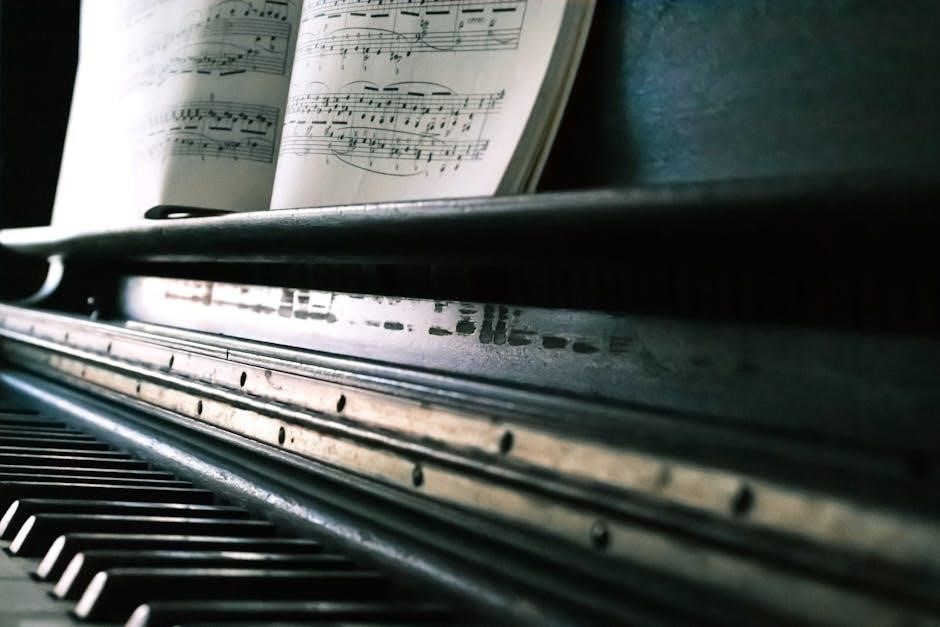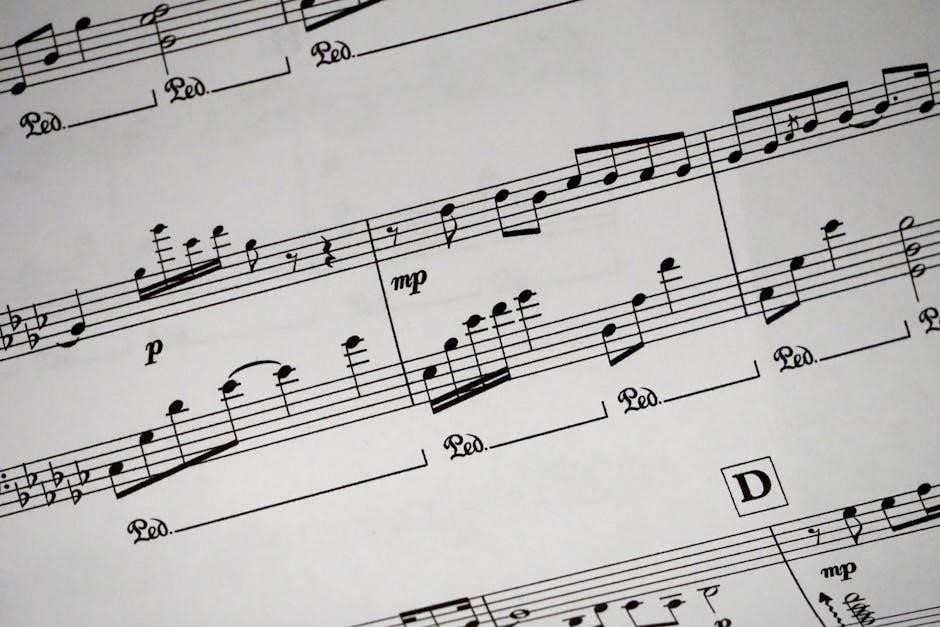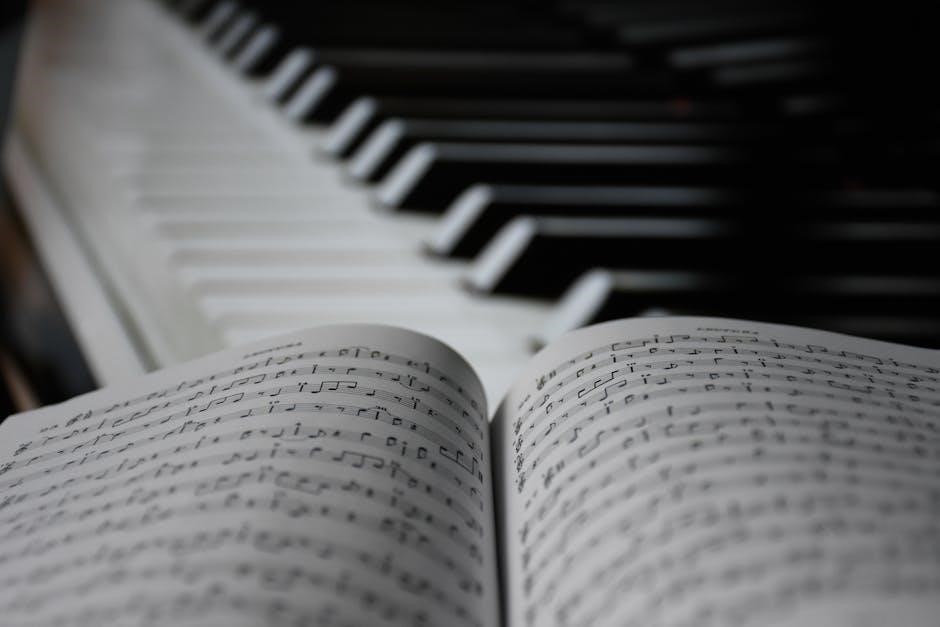Beach Boss Influencers are social media personalities who showcase luxurious beach lifestyles, inspiring followers and driving consumer behavior. Their content often features exotic destinations, creating viral trends and influencing tourism patterns while addressing challenges like overcrowding and sustainability.
Who Are Beach Boss Influencers?
Beach Boss Influencers are social media personalities who showcase luxurious beach lifestyles, often promoting exotic destinations and high-end experiences. They leverage platforms like Instagram and TikTok to share content ranging from yacht adventures to tropical getaways, inspiring their followers. These influencers often collaborate with brands, hotels, and tourism boards, blending personal branding with commercial partnerships. Their influence extends beyond entertainment, shaping travel trends and consumer preferences. While some influencers focus on sustainability and eco-friendly practices, others face criticism for promoting overcrowded destinations. Despite challenges, Beach Boss Influencers remain key figures in modern digital marketing, offering a unique blend of aspiration and authenticity to their audiences.
The Emergence of Beach Influencers in Modern Marketing

Beach Influencers have emerged as pivotal figures in modern marketing, leveraging social media platforms to showcase idyllic beach lifestyles and exotic destinations. Their rise aligns with the growing trust in individual recommendations over traditional brand advertising. By sharing visually appealing content, such as luxury yacht experiences and tropical escapes, these influencers create aspirational narratives that captivate audiences. Brands increasingly collaborate with them to promote products and services, capitalizing on their authentic connection with followers. The phenomenon gained momentum as platforms like Instagram and TikTok amplified their reach, turning beach influencers into tastemakers. However, their impact extends beyond marketing, influencing tourism trends and sometimes sparking concerns over overcrowding and environmental sustainability. Their ability to blend personal storytelling with commercial appeal has solidified their role in contemporary digital marketing strategies.
The Role of Beach Boss Influencers in Digital Marketing
Beach Boss Influencers play a crucial role in digital marketing by promoting products, services, and destinations through engaging beach-themed content, collaborations, and storytelling, driving consumer interest and brand awareness effectively.
How Influencers Shape Consumer Behavior
Beach Boss Influencers significantly influence consumer behavior by creating aspirational content that drives purchasing decisions. Their authenticity and relatability make audiences trust their recommendations, fostering brand loyalty. By showcasing products or services in a desirable beach setting, they create a sense of urgency and exclusivity, encouraging immediate action. For instance, influencers promoting luxury yachts or beachwear often highlight limited-time offers or exclusive deals, prompting followers to act quickly. Their ability to craft visually appealing stories, often through high-quality images or videos, captivates audiences and strengthens emotional connections to brands. Additionally, influencers leverage user-generated content and testimonials, further amplifying their impact on consumer choices. This blend of storytelling, visual appeal, and trust-building strategies makes Beach Boss Influencers powerful drivers of modern consumer behavior, particularly in the tourism and lifestyle sectors.
Beach-Themed Content and Its Viral Appeal
Beach-themed content created by influencers has a unique viral appeal due to its visually captivating and aspirational nature. High-quality images and videos of pristine beaches, luxury yachts, and exotic destinations create a sense of wanderlust and escapism. The combination of crystal-clear waters, sun-kissed sand, and vibrant beach culture resonates deeply with audiences, making such content highly shareable. Influencers often craft relatable yet luxurious scenarios, such as sunset parties or serene mornings by the ocean, which inspire followers to emulate these experiences. Additionally, the emotional connection to relaxation, adventure, and freedom associated with beaches amplifies the content’s viral potential. This appeal is further boosted by the trend of sharing travel experiences on social media, turning beach-themed content into a powerful tool for engagement and influence.

Case Studies of Successful Beach Influencers
Notable cases include the Miami Beach yacht incident with 32 influencers rescued, showcasing viral content’s power, while local influencers successfully promoted beach challenges, engaging communities globally.
The Yacht Incident: 32 Influencers Rescued Off Miami Beach
In May 2025, a luxury yacht near Miami Beach carrying 32 social media influencers sank due to overcrowding. The U.S. Coast Guard successfully rescued all on board without injuries. The incident highlighted the risks of influencer marketing stunts and the importance of safety protocols. This event gained significant media attention, underscoring the influence and often controversial nature of such campaigns in modern marketing strategies.
Local Influencers Promoting Beach Challenges
Local influencers have become key figures in promoting beach-related challenges, engaging communities in fitness, environmental, and cultural activities. These challenges often go viral, fostering a sense of belonging and encouraging others to participate. For instance, influencers in coastal regions have initiated cleanup drives, fitness competitions, and photo contests, leveraging their platforms to inspire action. Such campaigns not only boost local tourism but also raise awareness about beach conservation. However, the surge in participation sometimes leads to overcrowding, prompting authorities to regulate these events. Despite challenges, local influencers continue to play a vital role in shaping beach culture and driving community engagement through innovative and relatable content.
Strategies Used by Beach Boss Influencers
Beach Boss Influencers employ brand collaborations, viral challenges, and exotic content creation to engage audiences. They leverage social media platforms to promote products and destinations, fostering a luxurious beach lifestyle.
Utilizing Social Media Platforms for Beach Content
Beach Boss Influencers strategically leverage platforms like Instagram, TikTok, and YouTube to share captivating beach-related content. They post high-quality visuals, engaging videos, and stories that highlight luxurious beach lifestyles, travel tips, and product recommendations. By consistently uploading content, they build a loyal follower base and increase engagement. These influencers also collaborate with brands to promote beachwear, travel destinations, and eco-friendly products, creating sponsored posts that resonate with their audience. Utilizing hashtags and geotags, they maximize reach and attract tourists to specific locations. Their ability to blend authenticity with commerce makes their content both aspirational and influential, driving consumer behavior and tourism trends.
Collaborations with Brands and Local Businesses
Beach Boss Influencers frequently partner with brands and local businesses to promote products and services, fostering mutually beneficial relationships. These collaborations often involve sponsored posts, product placements, and exclusive deals. Influencers showcase beachwear, skincare, and travel services, while brands gain exposure to a targeted audience. Local businesses, such as beachside resorts and eateries, also benefit from increased visibility. Some influencers create their own product lines, further enhancing their brand appeal. These partnerships not only drive sales but also help influencers build credibility and expand their reach. By aligning with brands that share their values, Beach Boss Influencers maintain authenticity, ensuring their endorsements resonate with their followers and support local economies.
The Impact of Beach Influencers on Tourism
Beach influencers significantly boost tourism by showcasing destinations, causing overcrowding in popular spots. Authorities often respond with regulations to manage visitor influx and preserve local environments sustainably.
Overcrowding Issues in Popular Beach Destinations
The rise of beach influencers has led to overcrowding in once serene destinations. Places like Miami Beach and the Balearic Islands now face swarms of tourists, disrupting local ecosystems and infrastructure. Authorities are struggling to manage the influx, with some spots experiencing visitor numbers exceeding their capacity. This surge, often driven by influencer-promoted challenges and viral content, has prompted concerns about sustainability and resource strain. As a result, governments are implementing measures such as entry restrictions and eco-taxes to mitigate the impact. The challenge lies in balancing tourism’s economic benefits with the need to preserve these natural treasures for future generations.

Regulatory Responses to Influencer-Driven Tourism
Governments and local authorities are increasingly implementing measures to regulate influencer-driven tourism. In the Balearic Islands, for instance, officials have banned influencers after a cove was overwhelmed by 4,000 tourists. Similarly, Miami Beach has faced challenges with overcrowding, prompting stricter enforcement of capacity limits and safety regulations. Regulatory bodies are also exploring ways to hold influencers accountable for promoting unsustainable practices. Some destinations are introducing entry restrictions, eco-taxes, or requiring influencers to obtain special permits. These efforts aim to balance tourism revenue with environmental preservation and community well-being. However, enforcement remains challenging, as influencers often operate independently and their content can rapidly drive mass interest. As a result, regulators are urging platforms and influencers to adopt more responsible practices, ensuring tourism growth aligns with long-term sustainability goals.

Challenges Faced by Beach Boss Influencers

Beach Boss Influencers face intense competition, safety risks like overcrowded yachts, and maintaining authenticity while promoting brands, all while navigating environmental and regulatory scrutiny.

Environmental Concerns and Sustainability
Beach Boss Influencers often face criticism for promoting tourism that harms fragile ecosystems. Their content sometimes inadvertently encourages overcrowding and littering, leading to environmental degradation. To address this, many influencers are now advocating for sustainable practices, such as using eco-friendly products and supporting local conservation efforts. Some collaborate with brands that produce items made from recycled beach plastic, promoting a greener lifestyle. Additionally, there is a growing trend among influencers to raise awareness about the importance of preserving marine life and reducing plastic waste. By incorporating sustainability into their content, Beach Boss Influencers aim to balance their promotional activities with environmental responsibility, fostering a more eco-conscious community of followers. This shift reflects a broader movement toward ethical marketing and the role influencers play in driving positive change.
Competition Among Influencers for Visibility
The rise of Beach Boss Influencers has created a highly competitive landscape, with numerous creators vying for attention on platforms like Instagram and TikTok. As more influencers flock to popular beach destinations, standing out becomes increasingly challenging. Many resort to creating viral content, such as daring stunts or unique challenges, to capture followers. Collaborations with brands and local businesses also serve as a strategy to gain visibility. However, this competition often leads to overcrowding at beaches, raising concerns about sustainability and resource management. Additionally, the influx of influencers has prompted discussions about authenticity, as some critics argue that the pursuit of fame overshadows genuine engagement with beach culture. This competitive environment highlights the evolving nature of influencer marketing and the pressures faced by content creators in maintaining relevance and appeal.

Future Trends in Beach Influencer Marketing
Future trends include blockchain platforms for influencer collaborations, Gen Z influencers prioritizing niche beach cultures, and virtual reality experiences for immersive beach content engagement.
The Role of Blockchain in Influencer Platforms
Blockchain technology is revolutionizing influencer marketing by enhancing transparency and security. It ensures authenticity in influencer campaigns, tracks engagement metrics accurately, and facilitates secure payments. Brands can verify reach and impact through decentralized systems, reducing fraud. Influencers benefit from fair compensation and ownership of their content. Blockchain also enables microtransactions, allowing smaller creators to monetize effectively. This technology is expected to streamline collaborations and build trust between brands and influencers, fostering a more reliable ecosystem. As decentralized platforms gain traction, blockchain will play a pivotal role in shaping the future of beach influencer marketing, ensuring ethical practices and empowering content creators globally.

Gen Z Influencers and Their Preferences for Beach Culture
Gen Z influencers are reshaping beach culture by prioritizing authenticity and sustainability. They favor minimalist aesthetics, eco-friendly practices, and unique, lesser-known destinations. These influencers often promote beach activities that align with their values, such as clean-up initiatives or supporting local businesses. Their content emphasizes raw, unfiltered moments, diverging from the overly curated posts of previous generations. Platforms like TikTok and Instagram are key for showcasing their beach lifestyles, blending adventure with mindfulness. Gen Z influencers also prefer secluded spots over crowded tourist areas, fostering a sense of exclusivity and community. Their preference for beach culture reflects a desire to connect with nature and promote environmental consciousness, influencing their audience to adopt similar values. This shift is redefining how beach culture is perceived and consumed, with a focus on sustainability and authenticity.
Beach Boss Influencers have transformed coastal tourism, blending luxury with sustainability, while addressing challenges like overcrowding and environmental concerns, as seen in the Miami yacht incident involving 32 influencers.

The Evolution of Beach Influencers in the Digital Age
Beach influencers have evolved from niche bloggers to powerful marketing forces, shaping consumer trends and tourism. Initially focusing on exotic locations, they now emphasize sustainability and authenticity. The 2025 yacht incident in Miami, involving 32 influencers, highlighted their impact on luxury tourism and viral content creation. As digital platforms grow, influencers leverage blockchain for transparency and collaborate with brands to promote eco-friendly products. Gen Z influencers are reshaping beach culture, prioritizing unique experiences over materialism. Their ability to blend personal storytelling with global trends has cemented their influence, making them indispensable in modern marketing strategies while addressing challenges like overcrowding and environmental degradation.
Predictions for the Future of Beach Boss Influencers
Beach Boss Influencers are expected to dominate digital marketing, leveraging decentralized platforms and blockchain technology for enhanced authenticity. Gen Z influencers will prioritize eco-conscious content, promoting sustainable tourism. Collaborations with local businesses and brands will deepen, fostering community engagement. As overcrowding issues persist, influencers may shift focus to lesser-known destinations, preserving natural beauty. Regulatory measures will likely increase, balancing tourism growth with environmental protection. The integration of virtual reality could revolutionize beach content, offering immersive experiences. With their influence expanding, Beach Boss Influencers will remain pivotal in shaping consumer preferences and travel trends, blending innovation with responsibility to maintain their relevance in the ever-evolving digital landscape.






























